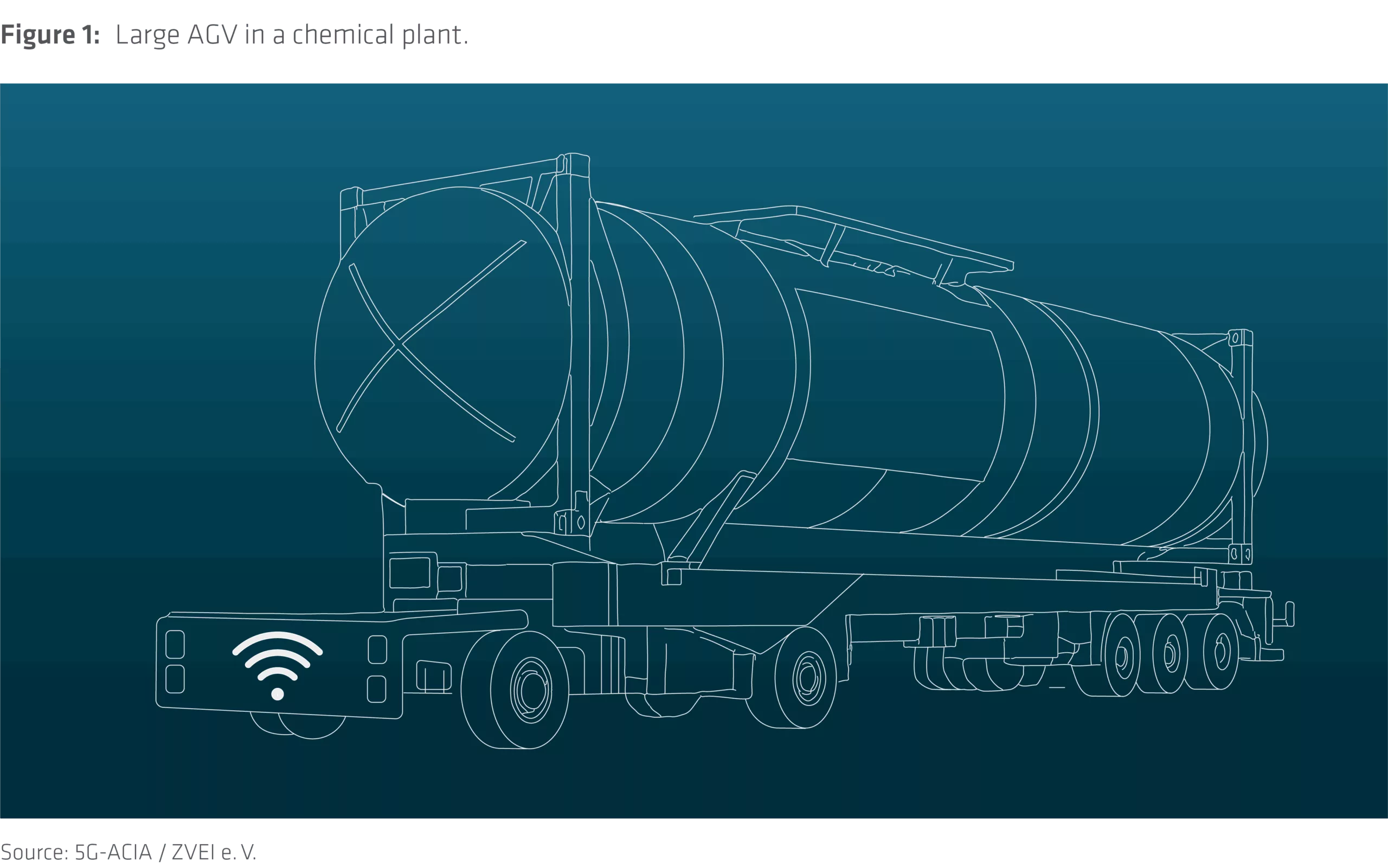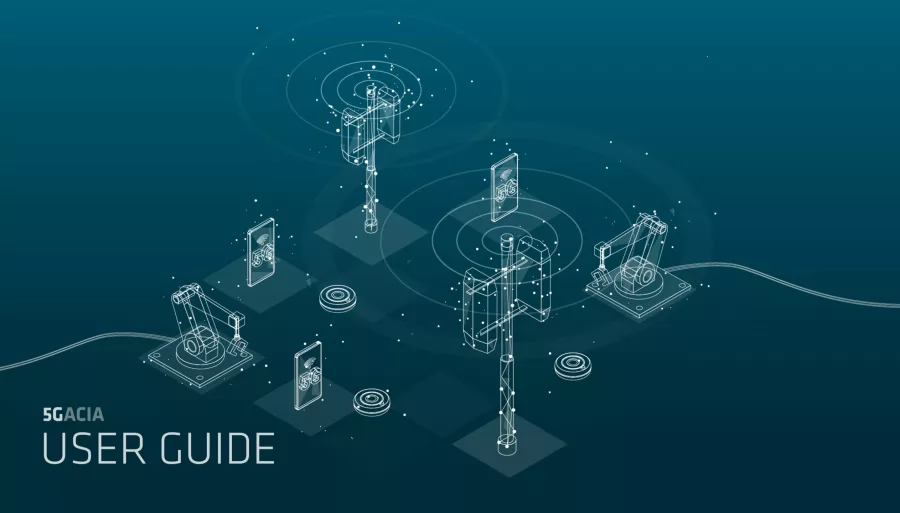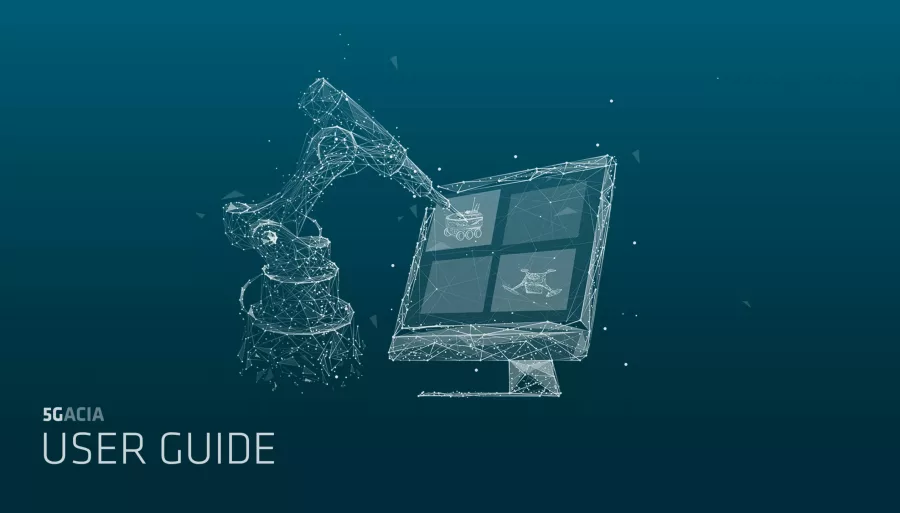Mobile robots and autonomous guided vehicles (AGVs) provide greater flexibility in industrial environments and are being deployed more frequently. Wireless communication is essential for these mobile devices, as wired data transmission is not a viable option. The control requirements for these use cases can be stringent, as preventing collisions or other issues relies heavily on the ultra-reliable low latency communication (URLLC) capabilities of 5G.
Example: Mobile Robots
Common use cases for mobile robots include material handling (picking and put-away) in warehouses and production plants. Picking robots retrieve items from various storage locations and deliver them to predefined destinations, such as packing stations or containers. In production plants, mobile robots are used to transport products from one step of the production process to the next.
Example: AGVs in a Chemical Plant
Large AGVs are commonly used in chemical plants, where they are typically controlled remotely by an operator in a control room, a practice known as teleoperation. The operator monitors live camera feeds mounted on the AGV to assess its environment. These camera signals are transmitted wirelessly. If the operator detects an obstacle in the AGV’s path or identifies any malfunction, they immediately stop the AGV. Any failure or delay in transmitting the camera signals could lead to serious accidents or, at the very least, unnecessary interruptions to the AGV’s operation.






